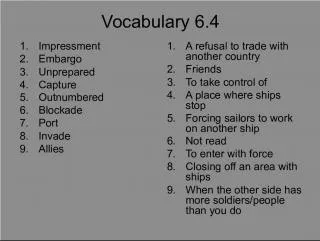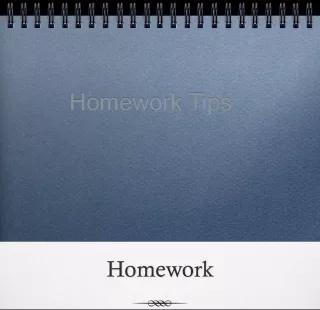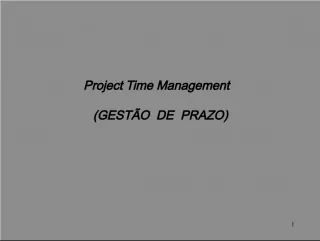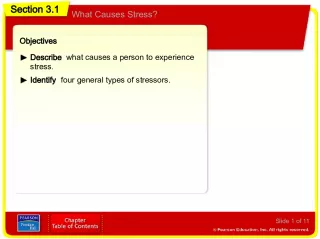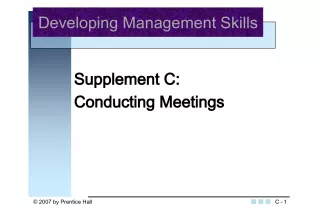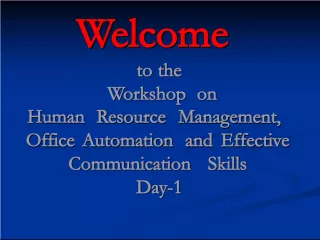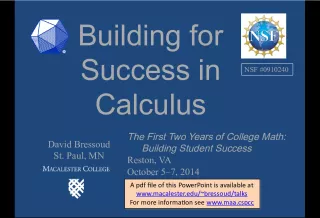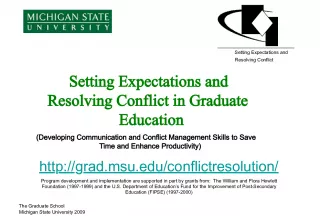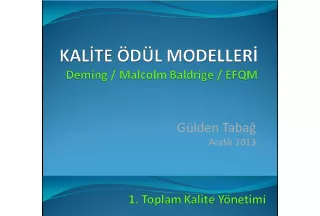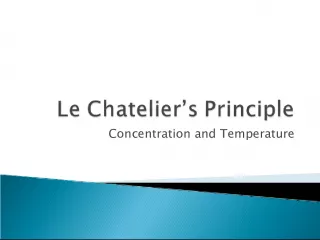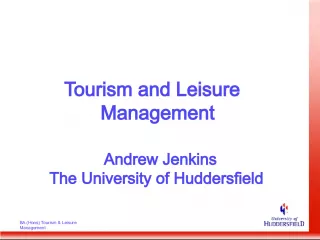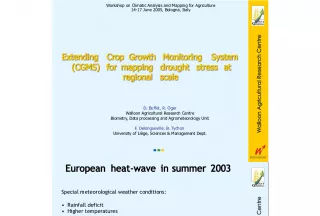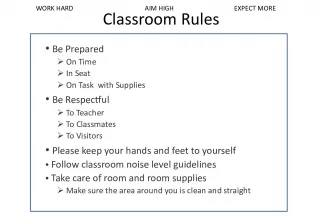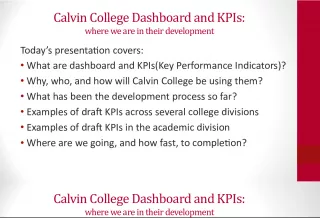Time Management Skills and Stress Levels of College Students


Time management, stress levels, college students, procrastination, academic behavior
- Uploaded on | 3 Views
-
 drewupton
drewupton
About Time Management Skills and Stress Levels of College Students
PowerPoint presentation about 'Time Management Skills and Stress Levels of College Students'. This presentation describes the topic on Time management, stress levels, college students, procrastination, academic behavior. The key topics included in this slideshow are This article explores the relationship between time management skills and stress levels of college students. It examines previous researchers and theorists such as Lay and Schouwenburg and their work on trait procrastination and academic behavior. The study features a hypothesis and experimental design with findings that have relevance to college education,. Download this presentation absolutely free.
Presentation Transcript
1. Time Management Skills of College Students: How Time Constraint Affects Stress Levels Time Management Skills of College Students: How Time Constraint Affects Stress Levels Kathryn E. Moorstein Fort Lewis College
2. Theorists & Previous Research Theorists & Previous Research Lay & Schouwenburg Bond & Feather Britton & Tesser Brantley, Waggoner, Jones & Rappaport
3. Lay & Schouwenburg (1993) Lay & Schouwenburg (1993) Trait Procrastination, Time Management, and Academic Behavior Definition of time management Hypothesis and experimental design Findings and relevance
4. Bond & Feather (1988) Bond & Feather (1988) Some Correlates of Structure and Purpose in the Use of Time Time Structure Questionnaire Report of findings Relevance
5. Britton & Tesser (1991) Britton & Tesser (1991) Effects of Time- Management Practices on College Grades Time-Management Questionnaire Hypotheses and Experimental Design Report of findings Relevance
6. Brantley, Waggoner, Jones & Rappaport (1987) Brantley, Waggoner, Jones & Rappaport (1987) A Daily Stress Inventory: Development, Reliability, and Validity Description of DSI Reliability & Validity Relevance
7. Research Question: Where will highest stress levels exist? Research Question: Where will highest stress levels exist? Directional hypotheses 1. Students with low time management skills will have higher stress levels than students with high time management skills, regardless of the presence or absence of a time constraint 2. Students with low time management skills under a time constraint will have the highest stress levels of all other conditions (students with high time management skills will have lowest stress levels)
8. Descriptive Statistics Descriptive Statistics Low TM Skills Time Constraint n= 14 High TM Skills Time Constraint n= 12 n= 26 Low TM Skills No Time Constraint n= 15 High TM Skills No Time Constraint n= 12 n= 27 n= 29 n= 24 Gender: 30.2% Male ( n= 16) 69.8% Female ( n= 37) Age: M= 20.21 years, 41.5% 19 years ( n= 22)
9. Sample TM Assessment Sample TM Assessment Time Management Questionnaire Please read the following 18 questions and circle Yes or No next to each in response. Please answer as truthfully as possible. 1. Do you make a list of the things you have to do each day? YES NO 2. Do you regularly review your class notes, even when a test is not imminent? YES NO 3. Do you often find yourself doing things which interfere with your schoolwork simply because you hate to say No to people? YES NO 4. Do you continue unprofitable routines or activities? YES NO 5. Do you plan your day before you start it? YES NO 6. The night before a major assignment is due, are you usually still working on it? YES NO
10. Scoring and Placement into Conditions Scoring and Placement into Conditions 5 points- yes; 1 point no Questions 3,4,6, reverse coded Max 100 pts; Min 20 pts Low TM skills: 20-60 pts High TM skills: 61-100 pts Random assignment into conditions after skill level assessed
11. Instructions Sheet: Time Constraint Instructions Sheet: Time Constraint Thank you again for your participation in this study. You have 10 minutes to complete the questions contained in this study. Please do not rush through each question but rather please think each question through thoroughly before moving on to the next question and/or section. The researcher will not inform you of how much time remains or when 10 minutes has passed; it is your responsibility to keep track of the time. Accuracy as well as efficiency are taken into account when scoring. At the top of the first page, please look at the clock and record the time that you begin in the space provided. At the end of the task, please again look at the clock and record your ending time in the space provided. When you have finished or the 10 minutes is complete, please turn your paper over and wait quietly for the other participants to finish.
12. Instructions Sheet: No Time Constraint Instructions Sheet: No Time Constraint Thank you again for your participation in this study. Please spend as much time as necessary to complete the questions contained in this study. You may take as long as necessary to complete this task up to 30 minutes. Please think each question through thoroughly before moving on to the next question and/or section. Accuracy as well as efficiency are taken into account when scoring. At the top of the first page, please look at the clock and record the time that you begin in the space provided. At the end of the task, please again look at the clock and record your ending time in the space provided. When you have finished, please turn your paper over and wait quietly for the other participants to finish.
13. Sample of Task: Part 1 Sample of Task: Part 1 START TIME __________________ I. The following is a list of 25 words consisting of 4 to 5 letters with their letters scrambled. Please unscramble as many of the words as you can and write them in the space provided. Unscramble no less that 15 words before moving on to the next section. 1. sotl _________________ 2. renud _______________ 3. neog ________________ 4. vewa ________________ 5. kroje ________________
14. Task: Part 2 Task: Part 2 I. Using the words you unscrambled on the previous page, please place as many as you can into the most appropriate definition in the space provided. You may reference the previous page but may not add to your answers on the previous page. Complete no less than 8 sentences before continuing on to the next section. These definitions are in no particular order. You may look back to the previous section for help, but please do not look to the next section until youve completed section II. 1. Someone who says or does things to provoke laughter. _____________ 2. Spun fiber for weaving or knitting. ________________ 3. Visual counterpart of an object formed by a lens or mirror. ________________ 4. Lacking feeling. _______________
15. Task: Part 3 Task: Part 3 I. Using the words that you unscrambled in Section I and matched with definitions in Section II, please create as many new words as you can by rearranging the orders of the letters. You may reference the previous pages but may not add to your answers on the previous pages. You do not have to use every letter of the word. For example: The word race can be rearranged to spell care, car, ear, ace, etc. Please use no less than 4 of the words used to complete sentences in Section II and write your answers in the spaces provided. Please use the back of this page if you need additional space. 1. original word: __________________ recombinant words: ___________________________________________________________________________________________________ END TIME ___________________________
16. Final Stage: Stress Assessment Final Stage: Stress Assessment Stress Inventory Below are listed a variety of events that may be viewed as stressful or unpleasant. Read each item carefully and decide whether or not you experienced that event while completing the prior task . If the event did not occur, place an X in the space next to the item. If the event did occur, indicate the amount of stress that it caused you by placing a number from 1 to 7 in the space next to that item (see numbers below). Please answer as honestly as you can and reflect only upon the prior task when answering so that we may obtain accurate information. X = did not occur 1 = occurred but was not stressful 2 = caused very little stress 3 = caused a little stress 4 = caused some stress 5 = caused much stress 6 = caused very much stress 7 = caused me to panic You performed poorly at task ____ You performed poorly due to others ____ You thought about unfinished work ____ You hurried to meet deadline ____ You were interrupted during task/activity ____ Someone spoiled your completed task ____
17. Stress Inventory Scoring Stress Inventory Scoring Three scores 1. FREQ: number of events reported having occurred 2. SUM: sum total of the impact ratings 3. AIR: average impact rating (SUM/FREQ)
18. Statistical Results Statistical Results Low TM Skills Time Constraint n= 14 M= 2.92 SD= 1.54 High TM Skills Time Constraint n= 12 M= 2.38 SD= .59 n= 26 M= 2.67 SD= 1.21 Low TM Skills No Time Constraint n= 15 M= 2.47 SD= .99 High TM Skills No Time Constraint n= 12 M= 2.12 SD= .77 n= 27 M= 2.31 SD= .90 n= 29 M= 2.69 SD= 1.28 n= 24 M= 2.25 SD= .69
19. Variance in Results Variance in Results
20. Conclusions: TM Skills Matter! Conclusions: TM Skills Matter! Marginally significant main effect of TM skills on stress levels Suggests that low TM skills are related to higher stress levels Supports past research Implications
21. Further Research Further Research Investigate influence of TM skills on other constructs Stress levels of college students in general: other influences besides TM skills
